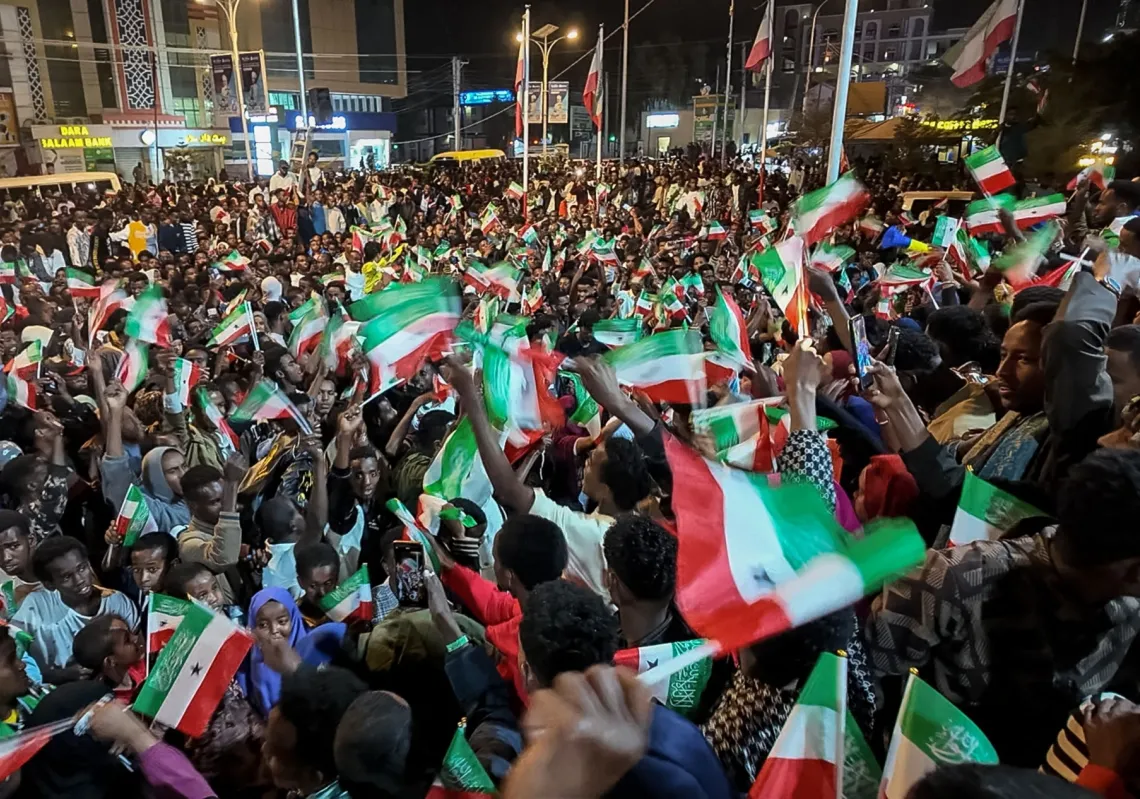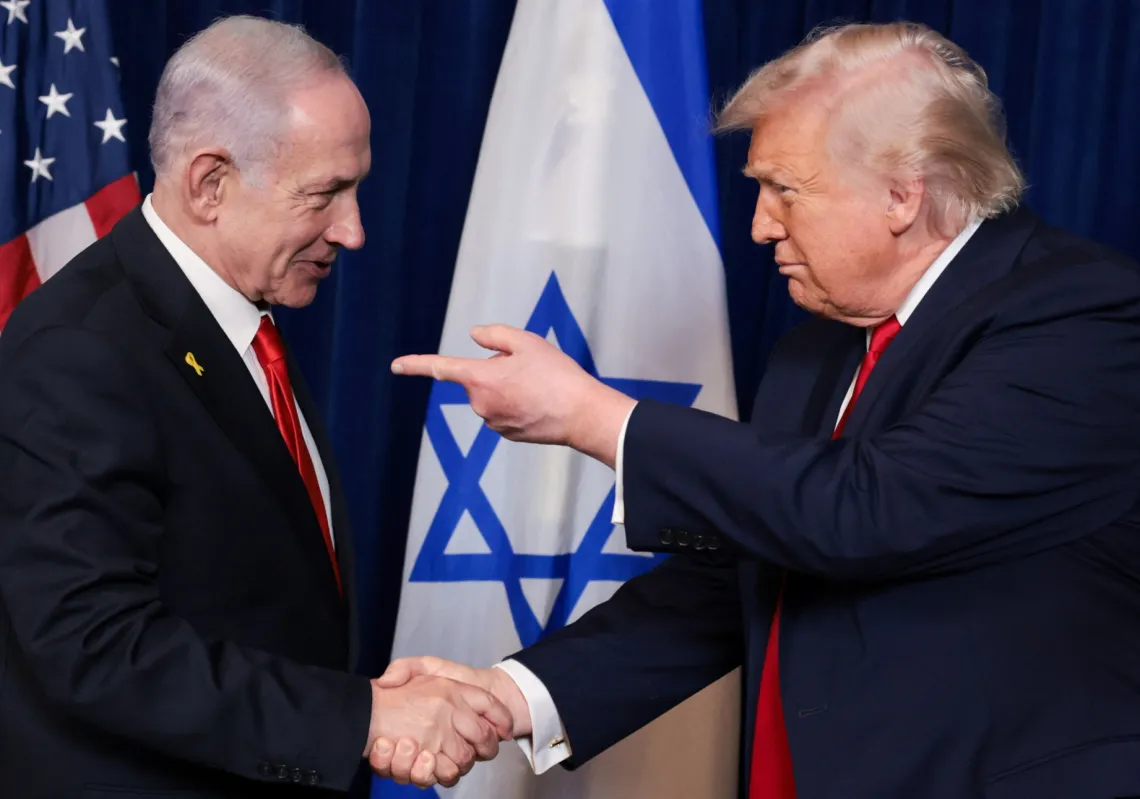The Gaza war is likely to have reverberations far beyond Israel and Palestine for years. It is already impacting European and British domestic politics, while it may yet prompt a reappraisal by the United States on whether its strategic retreat from the Middle East is a wise move.
In the wider international community lessons from the conflict are already being learned, with particular emphasis being placed on the importance of reviving the Israeli-Palestinian peace process. US President Joe Biden, British Premier Rishi Sunak and even the Pope have all recently restated their commitment to a two-state solution, suggesting they may push for it once more after the war eventually ends.
But there is another, wider lesson to be learned. The Gaza war’s eruption owes much to the neglect of the Israeli-Palestinian conflict over recent decades. Despite the international community agreeing to pursue a two-state solution in the 1990s, the peace process has not delivered.
Successive Israeli governments, especially those led by current Premier Benjamin Netanyahu, have appeared more interested in conflict management than conflict resolution. With violence somewhat reduced and the conflict not appearing in international news headlines, western leaders especially have been complicit with Israel’s preference to marginalize the conflict rather than fixing it, all the while overlooking the growing strain placed on the exasperated Palestinians.
Read more: Will the Cameron strategy work in UK politics?
Yet ‘conflict management’ is not unique to Israel-Palestine. It is an approach favoured by some countries across the globe. Yet Gaza has shown us, as has the recent war over Nagorno-Karabakh, that conflicts are often not ‘manageable’ indefinitely. Moreover, there remain many other ‘frozen’ conflicts at risk of exploding, that could yet lead to Gaza-esq shocks.

Israel’s Conflict Management
There is considerable debate among scholars and commentators over how committed to the peace process Israeli governments have truly been. When Yitzhak Rabin signed the Oslo accords with Yasser Arafat in 1993 the international community hailed the deal as the first step towards a “two state solution”.
However, the following decades saw the process fall apart, with many blaming Hamas on the Palestinian side and Benjamin Netanyahu’s Likud on the Israeli side, for its derailment. Some have questioned exactly what kind of two state solution Rabin himself favoured given his ambiguity on key issues like Jerusalem and the right of return, plus the fact that West Bank settlement construction increased on his watch even after Oslo had been agreed. However, after Rabin was assassinated in 1995 his successors mostly favoured managing the conflict rather than solving it, with the notable exceptions of Ehud Barak and Ehud Olmert who both engaged in serious peace overtures.


















